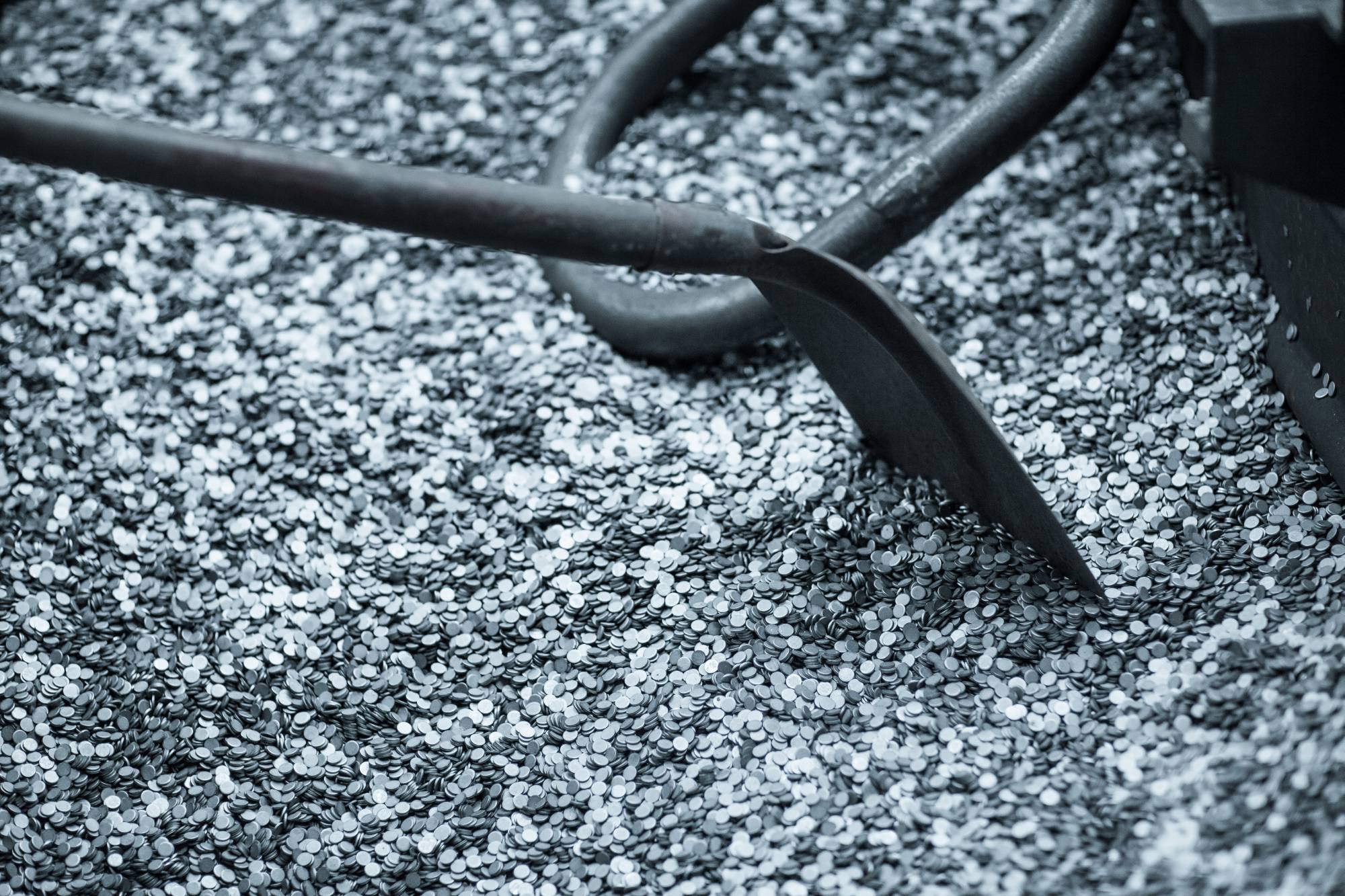Five tough questions for foundries
Everybody’s talking about sustainability. The foundry industry is no exception. However, since sustainability criteria are not yet routinely incorporated into casting buyers’ purchasing criteria, suppliers‘ sustainability claims are not usually scrutinized.
This is gradually changing. And the wheat will be separated from the chaff. Who is taking sustainability seriously and is making real progress, who is just greenwashing?
Here at Römheld & Moelle, we believe that only transparency and rigorous quantification will drive genuine progress. Tough questions from the outside help everyone do things better, improve continuously. And they keep you honest too.
Tough questions – that’s what a major customer recently visited us for as part of a sustainability audit. Here are our top 5 questions that anyone who’s serious about sustainability need not be afraid of. They reveal honest ambitions as well as untapped potential.
Question 1: Where are the opportunities in your foundry and where are the current challenges?
Why’s that a good question? Anyone who is serious about sustainability knows what the low-hanging fruit are, but is also aware of the big pieces of work still to be done. Good sustainability efforts mean addressing challenges openly, even if there is not yet a solution.
For us, this currently is, among other things, the fact that we can only use new sand in our 3D sand print production (we no longer use any new sand in hand molding).
We see opportunities, for example, in the digitalization of our already very efficient electric melting operation. We also see potential for further energy savings through smart process control and the use of AI tools.
Question 2: How is sustainability management set up in your foundry?
Why’s that a good question? When sustainability is just one side project among many, it is usually not tackled systematically or consistently. An internal department with a clear mission and a license to look ‘under the bonnet’ across production is important. Our small but mighty sustainability department reports directly to management. This increases everybody’s willingness to cooperate and helps with the implementation of new initiatives.
Embedding the sustainability team in the foundry is important to adequately capture and understand technical and company-specific contexts – but for some tasks and challenges external support is useful too. Working with trade associations, consultants and standardization initiatives helps us learn faster.
Question 3: Is your sustainability work based on recognized standards and is data collection/reporting verified externally?
Why’s that a good question? Recognized standards make data comparable and ensure all areas of the business are looked at and taken into account. Anyone who commits to this (and can prove it through external checks) will find it difficult to hide unpleasant truths. Standardized methods for greenhouse gas accounting ensure comparability and robustness of data.
Here at Römheld & Moelle, reporting standards have provided us with a structure that allowed us to systematically examine all aspects of production and operations. It means we’re confident that we haven’t missed anything important. (Our latest sustainability report is available
here, by the way.)
Question 4: Do you record your corporate carbon footprint and product carbon footprint? Are only Scope 1 and 2 considered or also Scope 3?
Why’s that a good question? Because it shows whether emissions are looked at and tackled holistically. The question about scopes gives an indication of the intensity with which a foundry has engaged with tracking its emissions. Collecting emissions in Scope 3 is complex. Anyone who honestly admits this, who can provide details on the analysis, or can give good reasons why Scope 3 is not yet a focus of their work, shows that efforts have been made to really understand the issue.
In our foundry, we conduct our greenhouse gas accounting in line with the GHG Protocol and we report on the twenty criteria of the German Sustainability Code and GRI indicators (2022) in our sustainability report. We record our corporate carbon footprint and break it down to the ton of good casting output. The Product Carbon Footprint therefore reflects all Scope 1 and 2 emissions caused by the company, including those caused by scrap and recycled material. This is possible because, in simple terms, we only have one product (iron castings), but it obscures differences between processes, such as full-mold casting, casting with a reusable pattern and 3D sand printing. We are currently working on capturing Scope 3.
Question 5: Have you already set goals for reducing greenhouse gas emissions and defined measures accordingly? What role do new technologies and compensation play in this?
Why’s that a good question? Setting goals means committing to a path and holding yourself accountable. Having defined measures shows that you can move from collecting and planning to taking action. Compensation should never replace a transition to better technologies and processes; Therefore, attention must be paid to the balance between the two. Anyone who just buys their way out is doing something wrong.
For us, early electrification of our melting operation made the biggest difference for our CO
2 reduction efforts. It meant we were able to eliminate the largest block of emissions in the foundry in one fell swoop, simply by switching to green electricity. But we won’t be resting on our laurels. Through our certified energy and environmental management system, we work to continuously reduce environmental impacts and increase energy efficiency. Further quantifiable decarbonization goals are underway.
CONCLUSION: Even energy-intensive companies such as foundries can safely take sustainability seriously. Our customer audits over the last twelve months have shown that the quality of suppliers‘ sustainability work is increasingly coming under scrutiny. If you’re not ready yet, feel free to use our tough questions here as inspiration.


